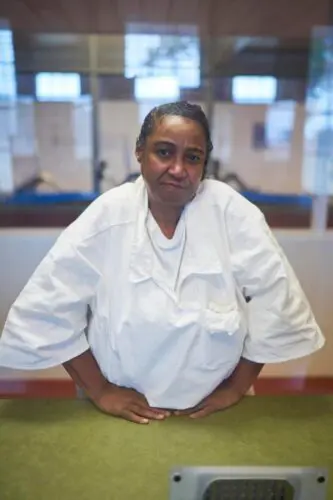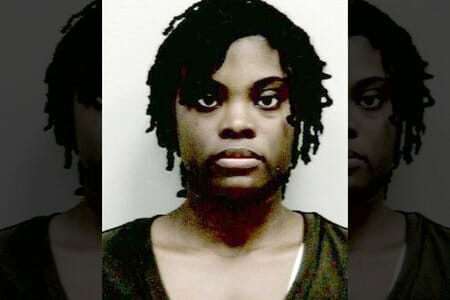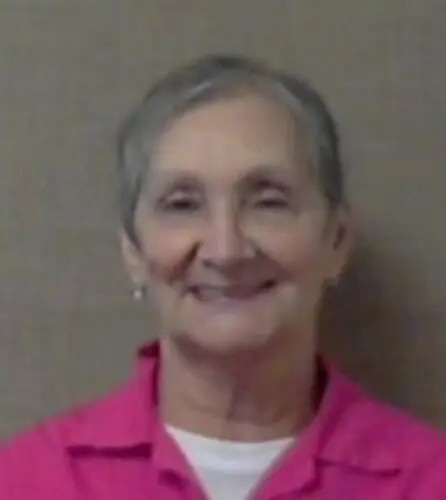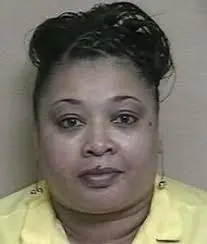Tiffany Cole Women On Death Row
Tiffany Cole was on Florida death row for the murders of her elderly neighbors. According to court documents Tiffany Cole , Alan Wade and her then boyfriend Michael Jackson planned to kidnap and rob the elderly couple before murdering them. The group predug a grave in Georgia two days before the double murder took place.. Tiffany would … Read more








